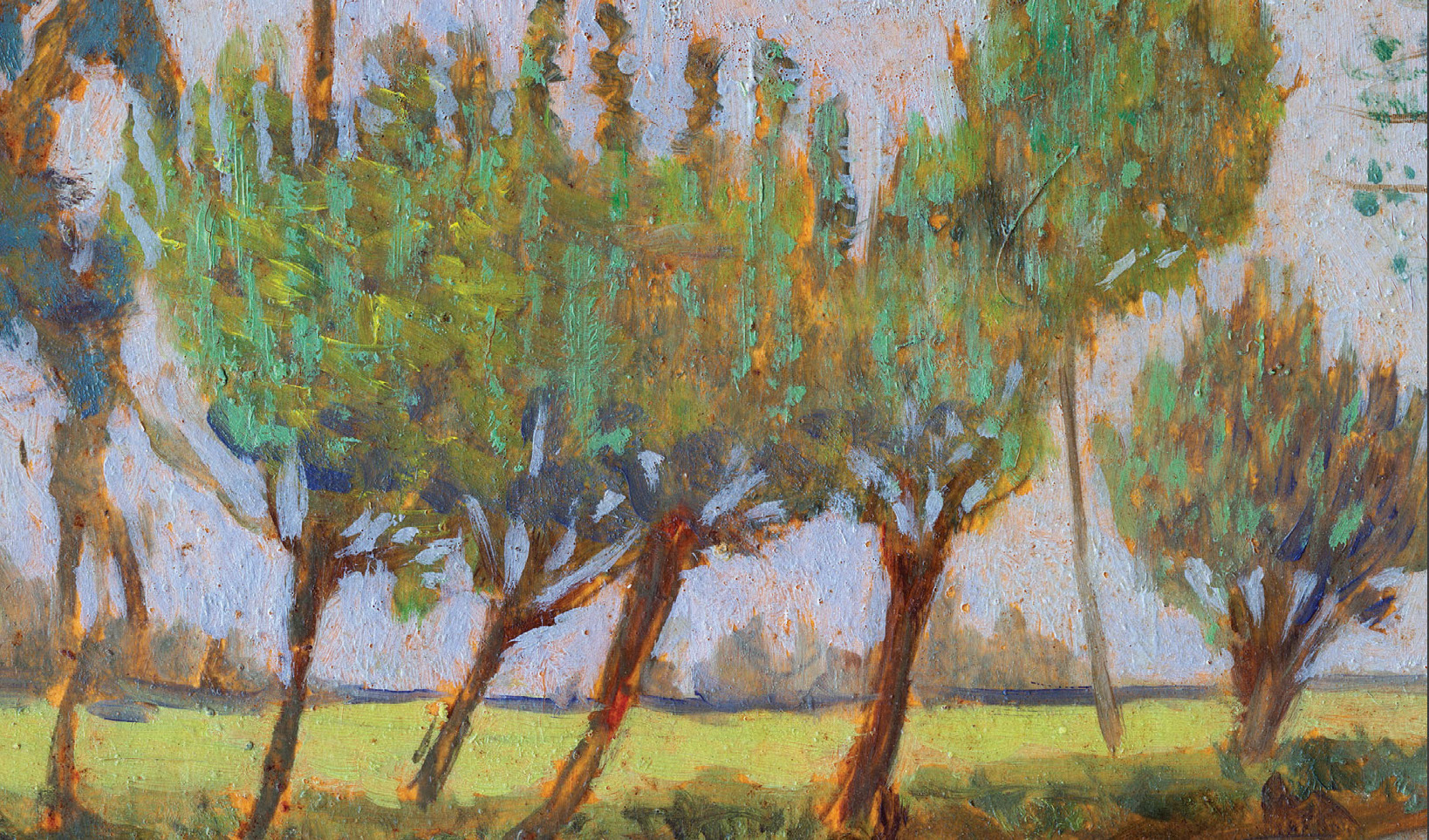Loneliness and even estrangement we are familiar with, but isolation? Is this too strong a term to describe the ways in which sin afflicts our common life? The skepticism of this nomenclature, I think, is twofold. First, it may come from a fear that this prioritizes sin as a fundamental reality of creation rather than grace. It is, after all, only because God sustains the world that we are able to name isolation clearly, as a falling away from our intended state as creatures. We were created for communion with God, and isolation is what we settle for and, as we shall see, unwittingly calibrate our experience of church to. But in order to see the way home, we must name the problem for what it is.
Login to read more
Sign in or create a free account to access Subscriber-only content.
Topics:
